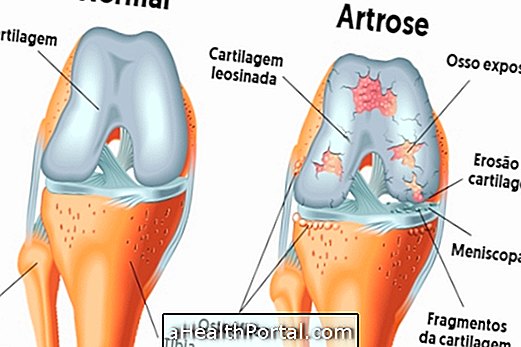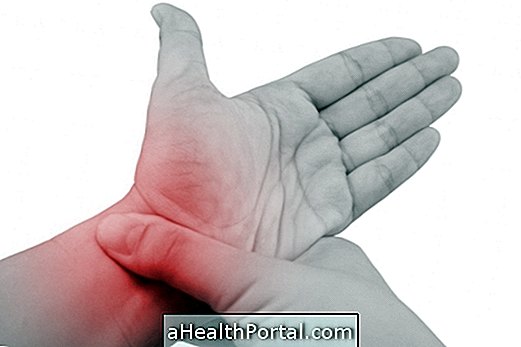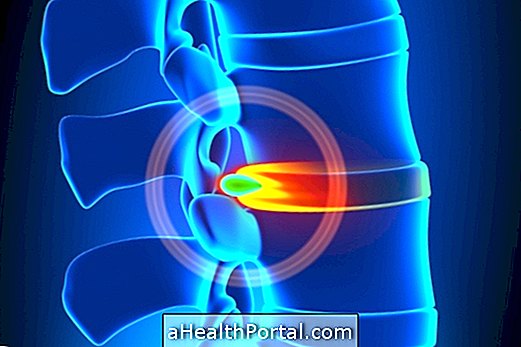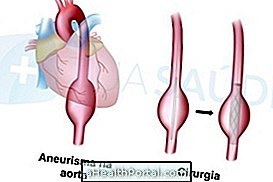The dislocation is an intra-articular injury in which one of the bones is displaced losing its natural fit. It can be associated with a fracture and is usually caused by a strong trauma such as a fall, auto accident or due to a looseness in the joint ligaments that can be caused by chronic diseases such as arthritis or arthrosis, for example.
The first aid for dislocation is to give a painkiller to the individual and take him to the hospital, so that he receives the appropriate treatment there. If you can not take him, call an ambulance by calling toll-free number 192.
Although a dislocation can occur in any joint of the body, the regions most affected are ankles, fingers, knees, shoulders and wrists. As a result of the dislocation there may be damage to the muscles, ligaments and tendons that should be treated later with physical therapy.
Signs and symptoms of dislocation

The signs and symptoms of a dislocation are:
- Local pain;
- Deformity in the joint;
- Bone prominence;
- There may be an exposed bone fracture;
- Local swelling;
- Inability to perform movements.
The physician arrives at the diagnosis of dislocation by observing the deformed area and by the X-ray examination, which shows the bone changes, but the MRI and CT can be performed after the reduction of the dislocation to assess the damage to the muscles, ligaments and in the joint capsule.
Here's what to do when a dislocation occurs.
Treatment for dislocation
Treatment of dislocation is by taking analgesics to support pain and "reducing" the dislocation, which consists of positioning the bone properly in its place. This should only be done by doctors, since it is a dangerous procedure, which requires clinical practice. In some cases it may be necessary to perform surgery for correct bone positioning under epidural anesthesia, as is the case in cases of hip dislocation.
After reduction of dislocation, the subject should remain with the affected joint immobilized for a few weeks to facilitate recovery from injury and avoid recurrent dislocations. You should then be referred to the physiotherapy where you should remain for some time until you can properly move the dislocated joint. Physical therapy is not always necessary because in healthy individuals after 1 week of withdrawal from the immobilization it should be possible to regain range of motion and muscular strength, but in the elderly or when the person needs to be immobilized for more than 12 weeks may need to be done physiotherapy.






















